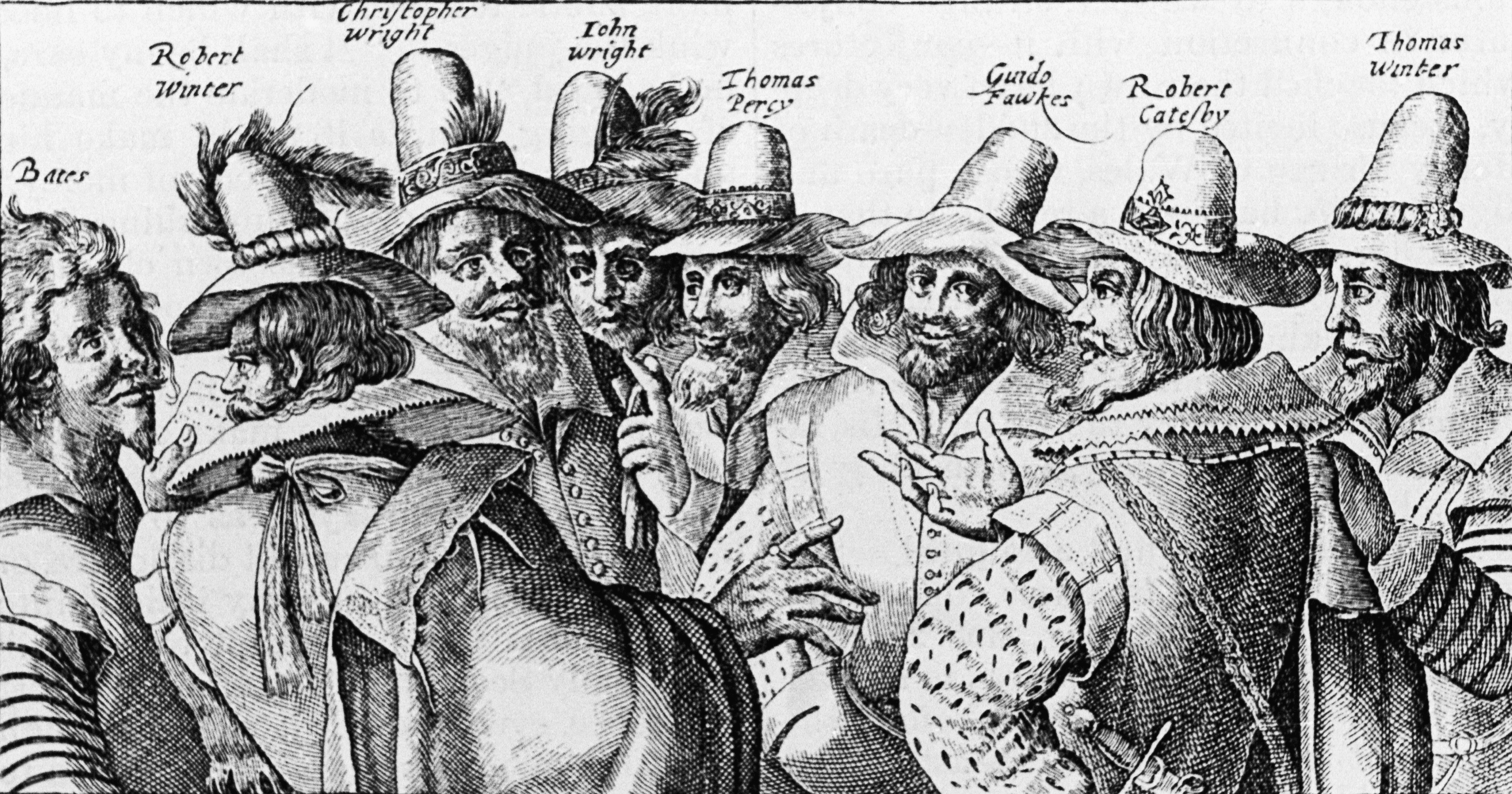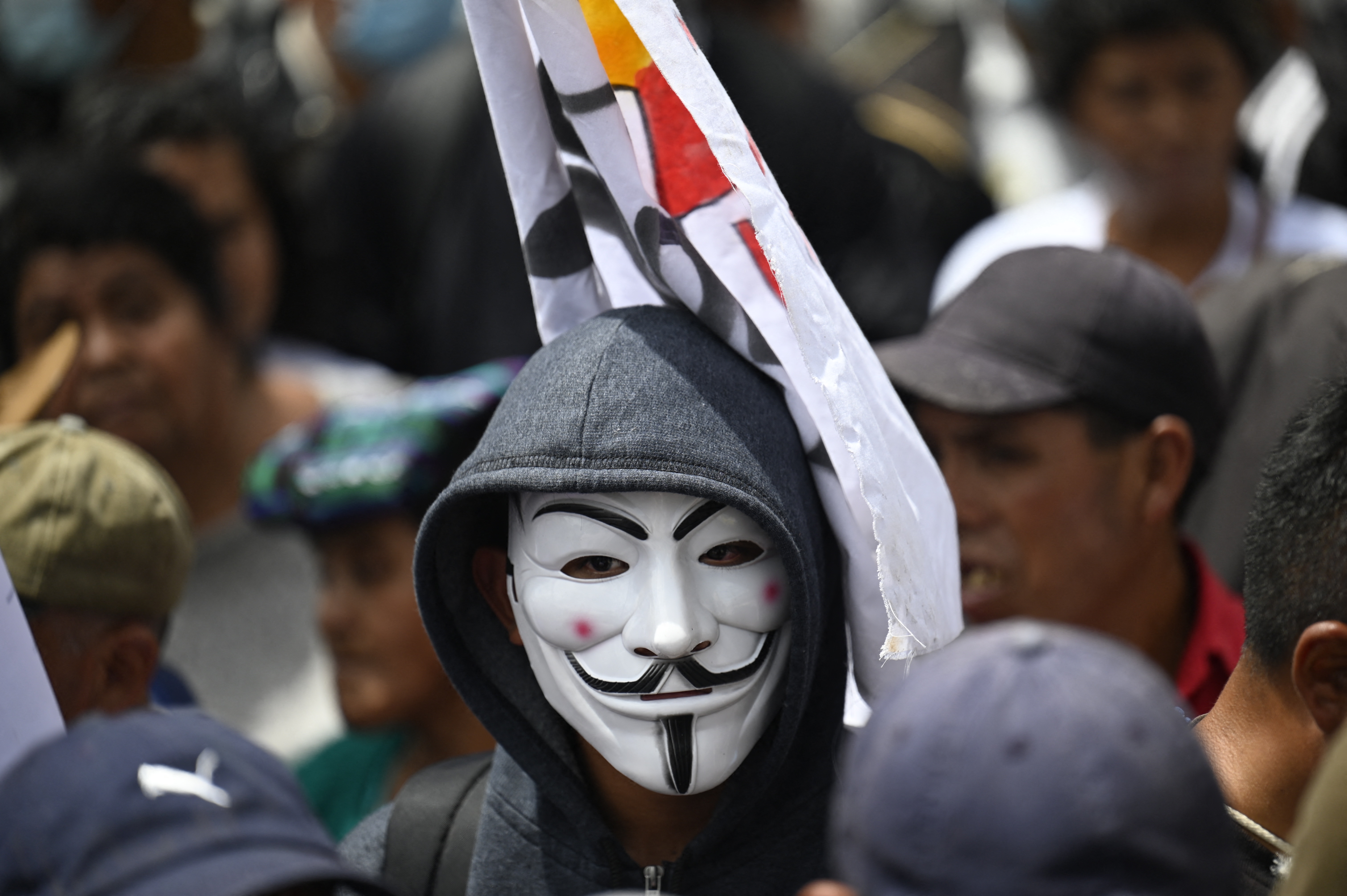Why do we celebrate Bonfire Night? The history behind the tradition
Bonfire Night takes place on November 5 every year - and many want to know the origins of the celebration


Remember, remember the 5th of November. Ever wondered why we celebrate Bonfire Night?
Bonfire Night, also known as Guy Fawkes night, is an annual tradition in the UK that sees people light bonfires and set off fireworks on the evening of November 5. The celebration has been around for over 400 years - ever since the Gunpowder Plot that saw a man named Guy Fawkes and 12 other rebels try to blow up Parliament. These days, enjoying the sparklers and toffee apples are some of the great things you can do with kids on Bonfire Night, making this time of the year so special for families.
And just like many wonder why we celebrate Halloween back in October, now November has arrived the same is being asked of Bonfire Night. For those who want to get clued up on the British tradition or are wondering who is Guy Fawkes, we've got everything you need to know right here. Keep reading to find out why we celebrate Bonfire Night, as well as some fun Bonfire Night facts...
Why do we celebrate Bonfire Night?
Bonfire Night marks the failure of the Gunpowder Plot in 1605, which was a plan to blow up the Houses of Parliament in order to kill the King and Queen at the time. But the plan was foiled after the conspirators were betrayed, so Parliament declared November 5 a celebration - and the first Bonfire Night was held the following year, in 1606.
The Gunpowder Plot was thought up by a group of Roman Catholics. England was a Protestant country at the time, and the plotters thought that England could become Catholic again if they blew up King James I and his ministers.

However, they were betrayed when a member of the group sent a letter to his friend who worked in Parliament, warning him to stay away on 5 November. The letter to Lord Monteagle cryptically read "they shall receive a terrible blow."
Why is Guy Fawkes celebrated?
These days, Bonfire Night celebrations no longer hold any anti-Catholic sentiment, and Guy Fawkes has become something of an antihero in today's popular culture.
Parenting advice, hot topics, best buys and family finance tips delivered straight to your inbox.
However, what many people don't realise is that Guy Fawkes wasn't the ringleader of the Gunpowder Plot. The group was actually led by a man named Robert Catesby. However, Guy Fawkes' role was to light the fuse on the explosives.
Fawkes and the rest of the conspirators put 36 barrels of gunpowder in cellars underneath the Houses of Parliament in London, ready to set off a massive explosion. His knowledge of explosives came from fighting for Spain against its Protestant enemies.
Guy Fawkes was discovered on November 4 with a suspicious amount of firewood and the gunpowder was found in the early hours of the next day, which led to his arrest. He was tried, convicted and executed.
Though Bonfire Night was originally a celebration of the failed plan, Guy Fawkes' legacy has had something of a redemption in the 400 years since his execution. This is partly thanks to the influence of the 1980s graphic novel V for Vendetta and the 2006 film of the same name, in which an anarchist wearing a Guy Fawkes mask battles a neo-fascist regime in a dystopian UK. The mask has now become a popular symbol used in political protests.
For those wondering how Guy Fawkes died, he was sentenced to execution by hanging, drawing, and quartering, but his neck was broken after he jumped or fell from the gallows ladder.

How is Bonfire Night celebrated?
Bonfire Night is celebrated in the UK with firework displays and celebrations that usually involve a bonfire and plenty of seasonal food. The fireworks represent the explosives that were to be used in the Gunpowder Plot.
There is also the tradition of tossing straw effigies of Guy Fawkes on the bonfire. Traditionally, children would carry these through the streets and ask passersby for a "penny for the Guy".
You may also recognise the well-known rhyme associated with bonfire night, which dates back to the 18th century:
Remember, remember, the fifth of November
Gunpowder treason and plot
We see no reason
Why Gunpowder treason
Should ever be forgot
In addition, there is a ceremonial annual search of Parliament performed by guards, in order to search for potential arsonists.
Food that is traditionally consumed on Bonfire Night includes toffee apples, cinder toffee and mulled cider, and in more recent years s'mores and hotdogs have become popular choices too.

Bonfire Night facts
- The Pope was the original effigy on the bonfire - it wasn't until the 18th Century that people used effigies of Guy Fawkes
- Lewes is the bonfire capital of the UK and has seven bonfire societies
- There were 13 people involved in the Gunpowder Plot in total
- The Houses of Parliament are still searched on November 5 every year
- Until 1959, it was illegal to not celebrate Bonfire Night in the UK
- St Peter's School in York was the only place that didn't used to have to celebrate Bonfire Night, because Guy Fawkes was once a pupil there
- The lantern that Guy Fawkes was carrying when he got caught can be seen at the Ashmolean Museum in Oxford
- Fireworks were invented by accident, by a cook in China who mixed the ingredients together
- The late Queen Elizabeth II created the honorary title 'Fire Master of England' for the person who organized the best fireworks displays
- Guy Fawkes adopted the name 'Guido' while he was fighting in Spain
If you're planning on celebrating Bonfire Night, check out these bonfire cake and bonfire cupcake recipes. Why not have a go at making your own treacle toffee too? Meanwhile, if you've got lots of pumpkin to use up, you might want to try Gordon Ramsay's pumpkin soup or this spicy pumpkin risotto.

Ellie is GoodtoKnow’s Family News Editor and covers all the latest trends in the parenting world - from relationship advice and baby names to wellbeing and self-care ideas for busy mums. Ellie is also an NCTJ-qualified journalist and has a distinction in MA Magazine Journalism from Nottingham Trent University and a first-class degree in Journalism from Cardiff University. Previously, Ellie has worked with BBC Good Food, The Big Issue, and the Nottingham Post, as well as freelancing as an arts and entertainment writer alongside her studies. When she’s not got her nose in a book, you’ll probably find Ellie jogging around her local park, indulging in an insta-worthy restaurant, or watching Netflix’s newest true crime documentary.